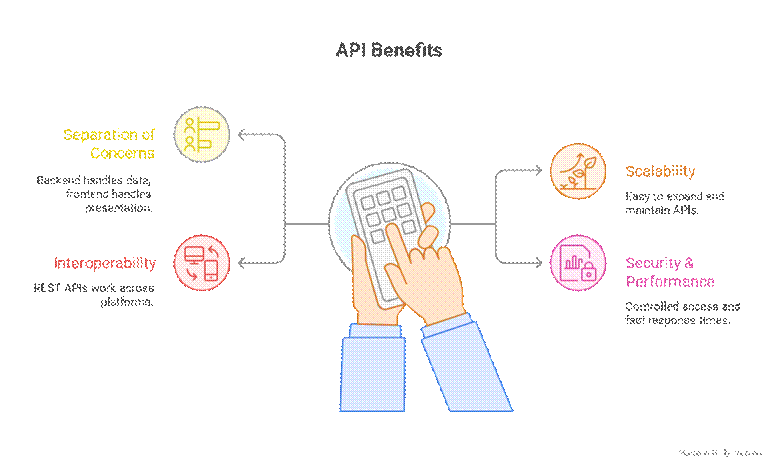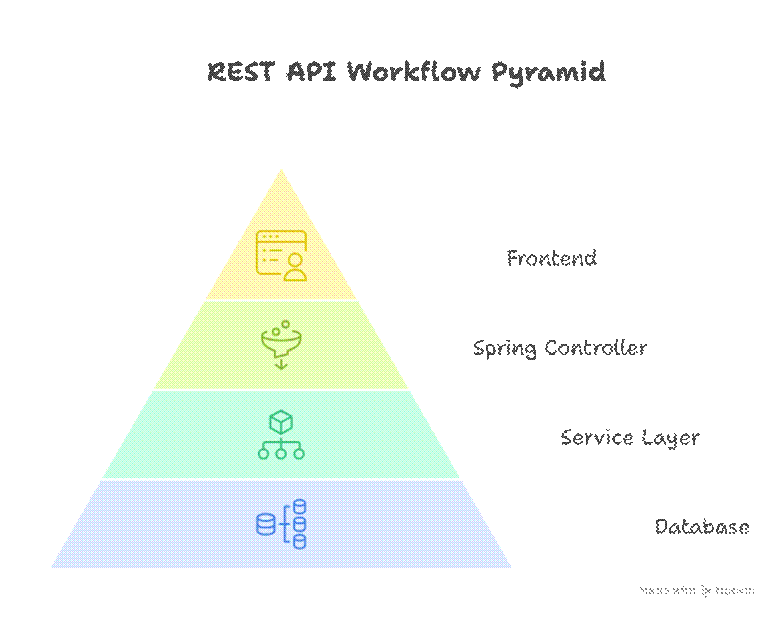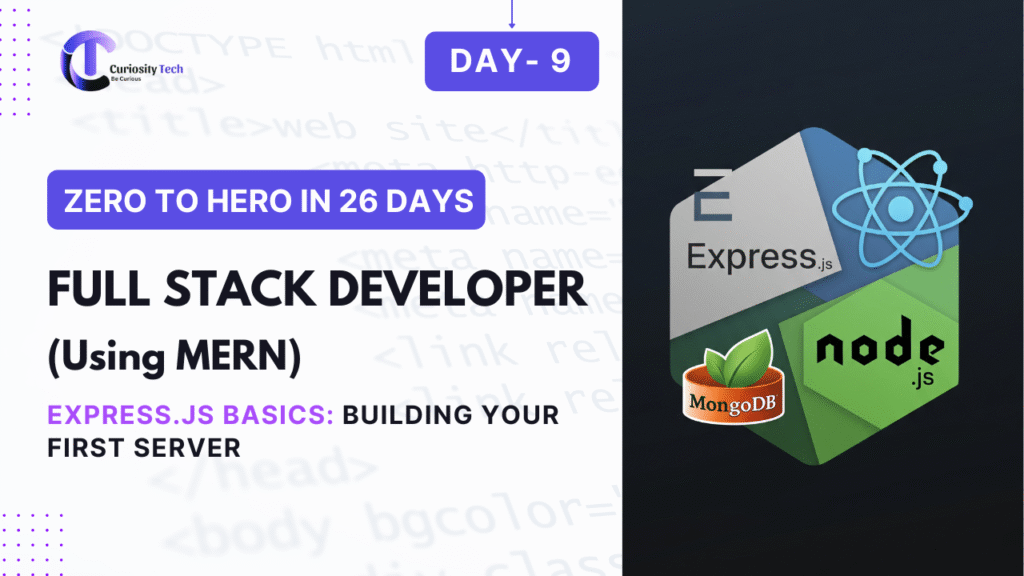Introduction
In modern Full Stack Development, RESTful APIs are the backbone of communication between frontend and backend. Java, combined with Spring Boot, makes it easier than ever to build scalable, maintainable APIs. At CuriosityTech.in, we emphasize practical approaches, guiding developers to build APIs that are both efficient and industry-ready.
REST (Representational State Transfer) uses standard HTTP methods to allow clients (like React or Angular frontends) to interact with the backend seamlessly. Understanding how to build RESTful APIs is essential for any aspiring Java Full Stack Developer.
Why RESTful APIs Matter

Core Components of a Spring Boot REST API
| Component | Description |
| @RestController | Marks the class as a REST controller |
| @RequestMapping | Maps HTTP requests to specific methods |
| HTTP Methods | GET, POST, PUT, DELETE |
| @PathVariable | Extracts variables from the URL |
| @RequestBody | Binds HTTP request body to Java objects |
| ResponseEntity | Customizes the HTTP response with status codes and body |
Step-by-Step Example: Simple CRUD API
1. Project Setup
- Spring Boot Initializr (https://start.spring.io)
- Dependencies: Spring Web, Spring Data JPA, MySQL Driver
2. Entity Class
@Entity
public class Product {
@Id
@GeneratedValue(strategy = GenerationType.IDENTITY)
private Long id;
private String name;
private Double price;
// Getters and Setters
}
3. Repository Interface
@Repository
public interface ProductRepository extends JpaRepository<Product, Long> {}
4. REST Controller
@RestController
@RequestMapping(“/api/products”)
public class ProductController {
@Autowired
private ProductRepository productRepo;
@GetMapping
public List<Product> getAllProducts() {
return productRepo.findAll();
}
@PostMapping
public Product createProduct(@RequestBody Product product) {
return productRepo.save(product);
}
@GetMapping(“/{id}”)
public Product getProductById(@PathVariable Long id) {
return productRepo.findById(id)
.orElseThrow(() -> new RuntimeException(“Product not found”));
}
@PutMapping(“/{id}”)
public Product updateProduct(@PathVariable Long id, @RequestBody Product productDetails) {
Product product = productRepo.findById(id).orElseThrow(() -> new RuntimeException(“Product not found”));
product.setName(productDetails.getName());
product.setPrice(productDetails.getPrice());
return productRepo.save(product);
}
@DeleteMapping(“/{id}”)
public Map<String, Boolean> deleteProduct(@PathVariable Long id) {
Product product = productRepo.findById(id).orElseThrow(() -> new RuntimeException(“Product not found”));
productRepo.delete(product);
Map<String, Boolean> response = new HashMap<>();
response.put(“deleted”, Boolean.TRUE);
return response;
}
}
Diagram: REST API Workflow

Best Practices for RESTful APIs

Integrating CuriosityTech Perspective
CuriosityTech.in trains developers to combine Spring Boot APIs with frontend frameworks for real-world projects. Their approach ensures you don’t just learn theory—you build production-ready full stack applications. This aligns perfectly with the demand for developers who can bridge the frontend-backend gap efficiently.
Conclusion
Mastering RESTful APIs in Spring Boot is a critical milestone for every Java Full Stack Developer. APIs empower your frontend to communicate dynamically with the backend, making applications scalable and interactive. By learning these techniques with practical guidance from CuriosityTech.in, you’ll gain the skills to build professional-grade Java applications that are ready for deployment.



